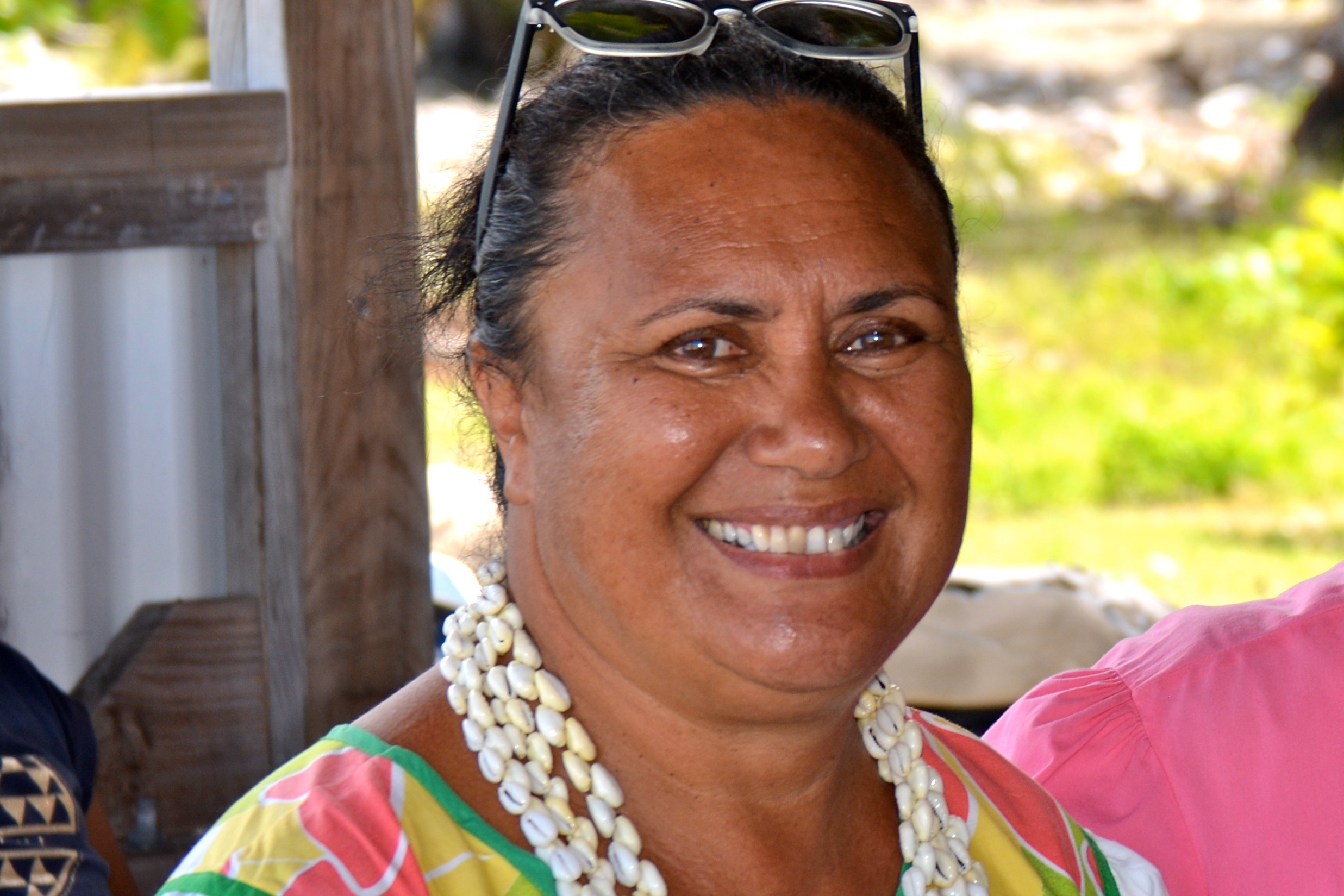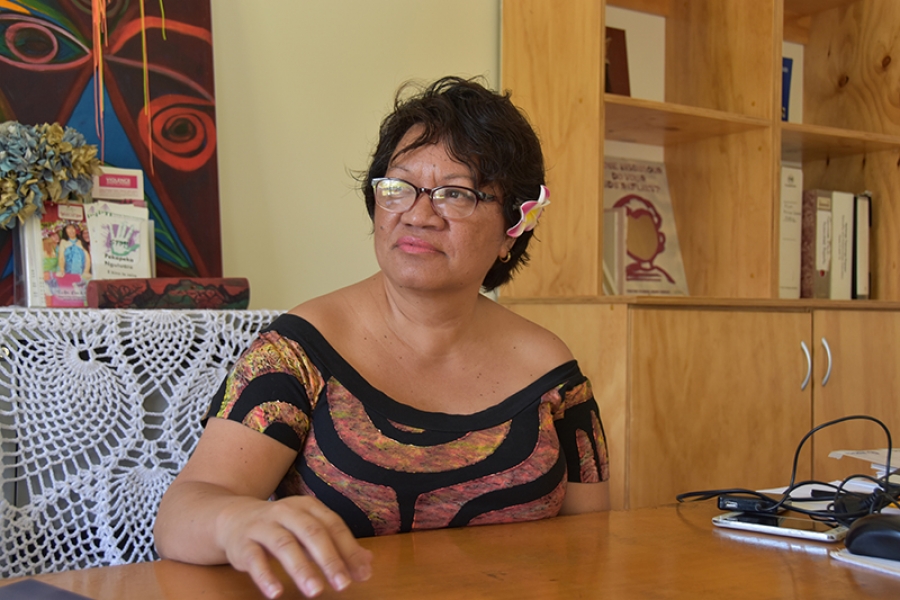PORT VILA – The death toll in Vanuatu from Cyclone Pam is officially 24 – but there are major fears for thousands of people on the archipelago’s southern islands which appear to have been totally devastated, according to aerial surveillance reports.
Aid agencies said conditions in cyclone-ravaged Vanuatu are among the most challenging they have ever faced with the severe storm tearing through the island nation, wiping out villages and displacing thousands.
At least 24 people have been confirmed dead by the UN Office for the Coordination of Humanitarian Affairs (OCHA) and more than 30 people injured after category five Pam tore through on Friday night packing wind gusts of up to 320 kilometres per hour.
“There are 24 confirmed fatalities, 11 from Tafea, eight from Efate and five from Tanna,” the UN’s Office for the Co-ordination of Humanitarian Affairs said in a situation report.
Aid workers have said they expect the death toll to rise as more information comes in from the nation’s 65 inhabited islands.
All schools in Vanuatu have been destroyed or damaged by Tropical Cyclone Pam, the United Nations says.
UNICEF said it would set up safe spaces for children to continue with their basic education but said around 17,000 children under the age of five were at risk of poor health and malnutrition after the disaster.
“Children unable to attend school are vulnerable. Children need psychosocial support following the cyclone and its aftermath,” UNICEF said in a statement.
UNICEF said it was also working with Vanuatu’s government on water and sanitation and had begun distributing supplies to affected areas.
Vanuatu’s prime minister Joe Natuman said he expects authorities will have a clear idea of the damage caused by the cyclone by the middle of the week.
He said communication infrastructure had been badly affected and there were still no communication services across the country.
“Communication providers are doing their best to install telephone links throughout the country and they have done that yesterday and today and they assured me today that they will probably install communication by this week,” he said.
The country’s biggest mobile phone company Digicel said it had restored its network in the capital.
Vanuatu’s Red Cross said more than half of Vanuatu’s population is likely to have been affected by Pam.
“Personally I think that there will be a lot more people affected because the whole country was flattened,” the Red Cross’s Hannington Alatoa said.
Aid organisation CARE has estimated that 85 per cent of all houses in Port Vila have been destroyed.
It said the main water tanks in the capital Port Vila were empty and the city’s power supply had been damaged.
UNICEF said health centres, including the main hospital, had been damaged and patients had been moved to a new outpatient area.
Red Cross Vanuatu chief executive Jacqueline de Gaillarde said shops were already low on supplies because people had stockpiled food before the storm but those supplies were then lost when homes were destroyed.
It said its technicians would now focus on the other main population centres like the rest of Efate island, Tanna and Santo.
Vanuatu’s National Disaster Management Office said Pam would have long-term effects on the livelihoods of the large number of local farmers, and have a major impact on the nation’s food security.
“Most of these people depend mainly on subsistence farming, so they lost most of their crops and some of them especially in rural areas might lose income,” operations manager Peter Korisa told the ABC.
“So the priority is how they can resume back to their normal life and how they can sustain their life and maintain food security in those communities.”
Authorities in Vanuatu are still struggling to establish contact with outer islands that bore the brunt of Pam’s winds.
The southern island of Tanna, about 200 kilometres south of Port Vila, with its 29,000 inhabitants took the full force of the storm.
Initial reports from aid groups said it had been devastated, along with the main town on the southern island of Erromango, with at least two people reported dead.
Aurelia Balpe, head of the Pacific office of the International Federation of Red Cross and Red Crescent Societies, said it appeared Tanna had suffered widespread damage.
She said a local Red Cross volunteer had been “traumatised” by the cyclone’s intensity.
“He sounded like he was in shock and we couldn’t get very much information from him, just that there was devastation,” Balpe said.
Relief supplies have been arriving on military aircraft, from New Zealand and several other countries, delivering water, sanitation kits, medicines and temporary shelters.
But aid workers on the ground warn of difficulties in distributing supplies across the country’s many islands and say it will take days to reach remote villages flattened by the huge storm.
Vanuatu’s Disaster Management Office hopes to have communication restored with the northern and southern provinces over the next day or so, as they try to find out what has happened to thousands of people there.
A spokesperson for the Disaster Office, Mishael Lulu Garae, said aircraft had been making reconnaissance flights over the provinces and it was hoped to have a full assessment soon.
Save the Children’s Vanuatu director Tom Skirrow said that aid agencies were preparing supplies but it would likely be three days before airfields in remote islands were cleared.
“We’ve had aerial surveillance – all we can tell is what we suspected, that everything’s destroyed, but we don’t know what’s happening with the people right now,” Skirrow said.
Relief flights have begun arriving in the battered Port Vila and a clean-up is underway.
But workers on the ground said there was no way to distribute desperately needed supplies across the archipelago.
“Things in Port Vila are improving, people are returning to the market and getting on with the job of starting the clean-up,” said Tom Perry, from CARE Australia.
“But the key thing is we still have no contact with other provinces.
“That’s of grave concern because there’s no real sense from anyone of what the impact has been but we know in the south in particular, it sat under the eye of the storm for hours. It’s not going to be good, there’s no question.”











































